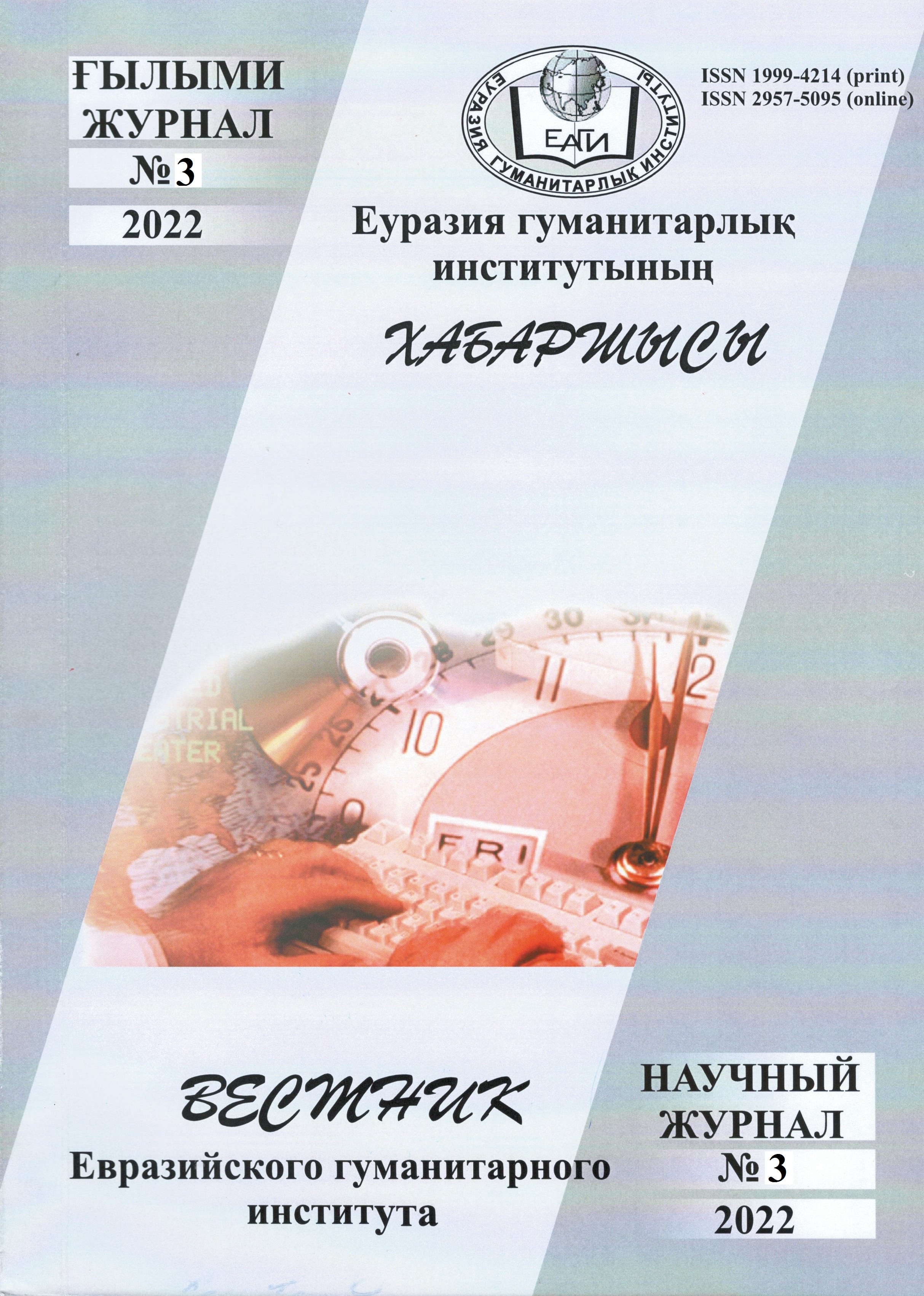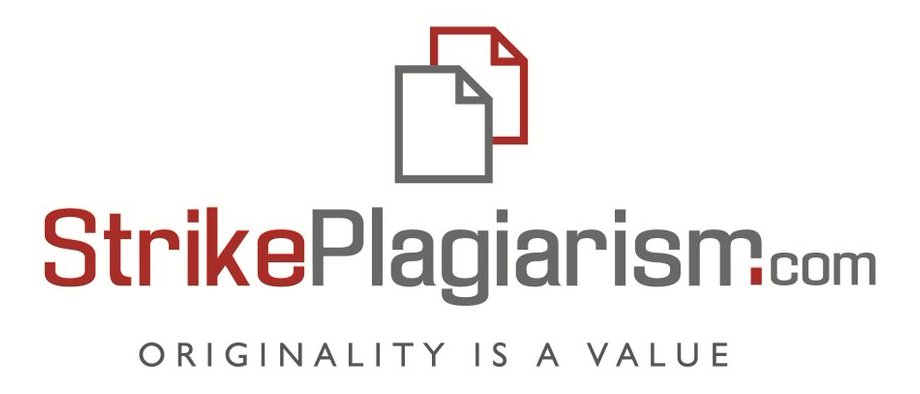EXPRESSION OF MODAL «SHADES» OF «ASSUMPTION» AND GUESSWORK IN SYNTAX
Keywords:
subjective modality, semantic field, shade of assumption, shade of prediction, declarative sentence, interrogative sentence, imperative sentenceAbstract
Present-day achievements of the structural direction in syntax still do not cover all aspects of the category of modality. The category of modality is described only in terms of objective modality, relation to real or unreal actions.However, the grammatical features of subjective modality used in speech activity require a more detailed study.The authors of the article define a complex, large-scale pattern of the category of modality, which has its own structure, a method of self-derivation, systematized in inter-phrase links or within the text. With this regard, the research paper analyzes the possibilities of functional grammar, ways of creating modal shades of assumption, prediction, taking into account the internal connection of the units in it. It has been proved that the manifestations of the modal meaning of the assumption at the sentence level are structures that are differentiated and classified depending on the purpose of the statement: they are used in conjunction depending on the functions of declarative and interrogative sentences, form a functional-semantic field of assumption.Methods for compiling predictive - suppositional values are based on the semantic meaning of the verb "bolzhau" (expect, foresee, predict) as part of narrative, interrogative, imperative sentences formed with the help of suffixes -ar, -er and modal words "bolar", "shygar", "zharar ”, service words “siyaqty”, “tarizdі”and with the help of contextual semantics.


